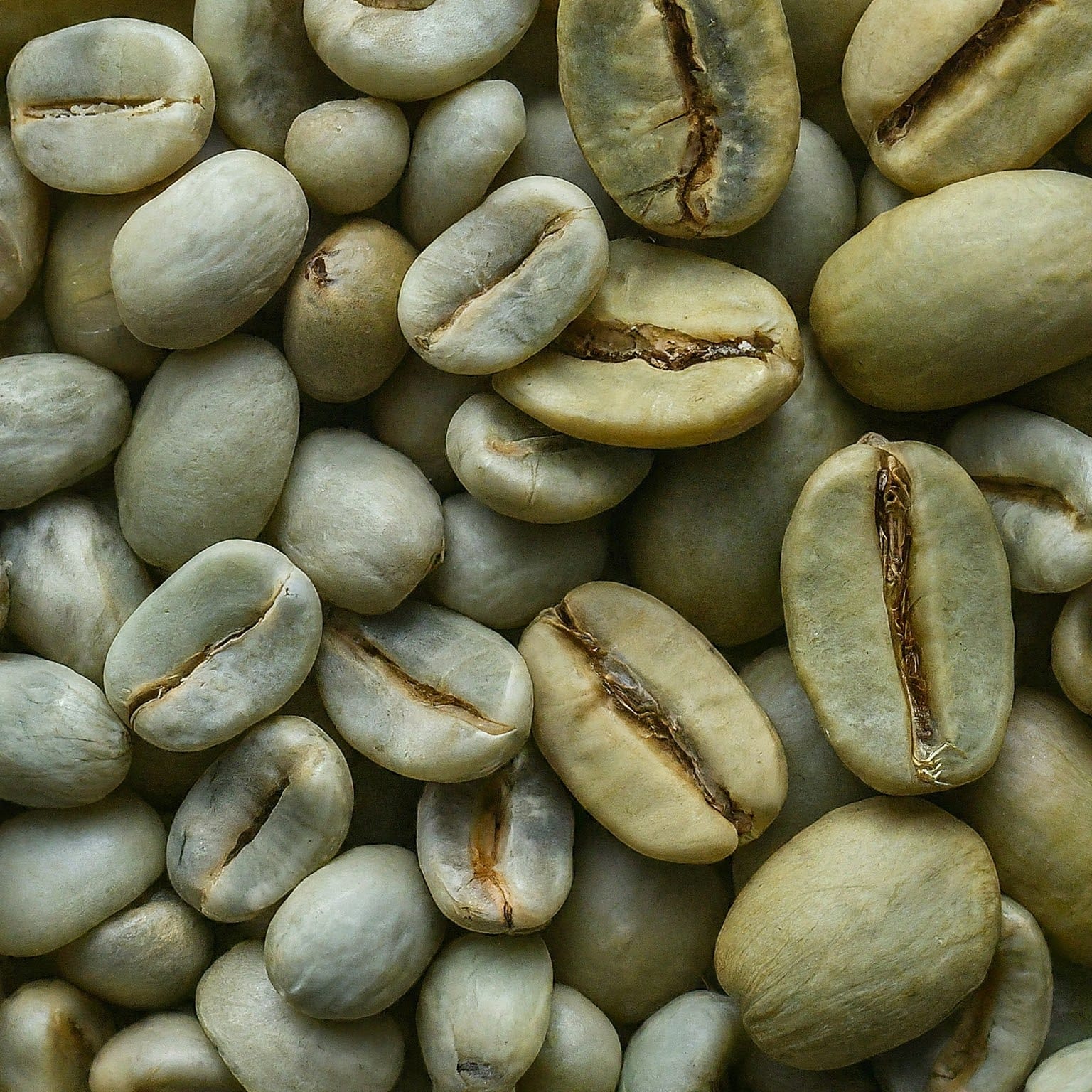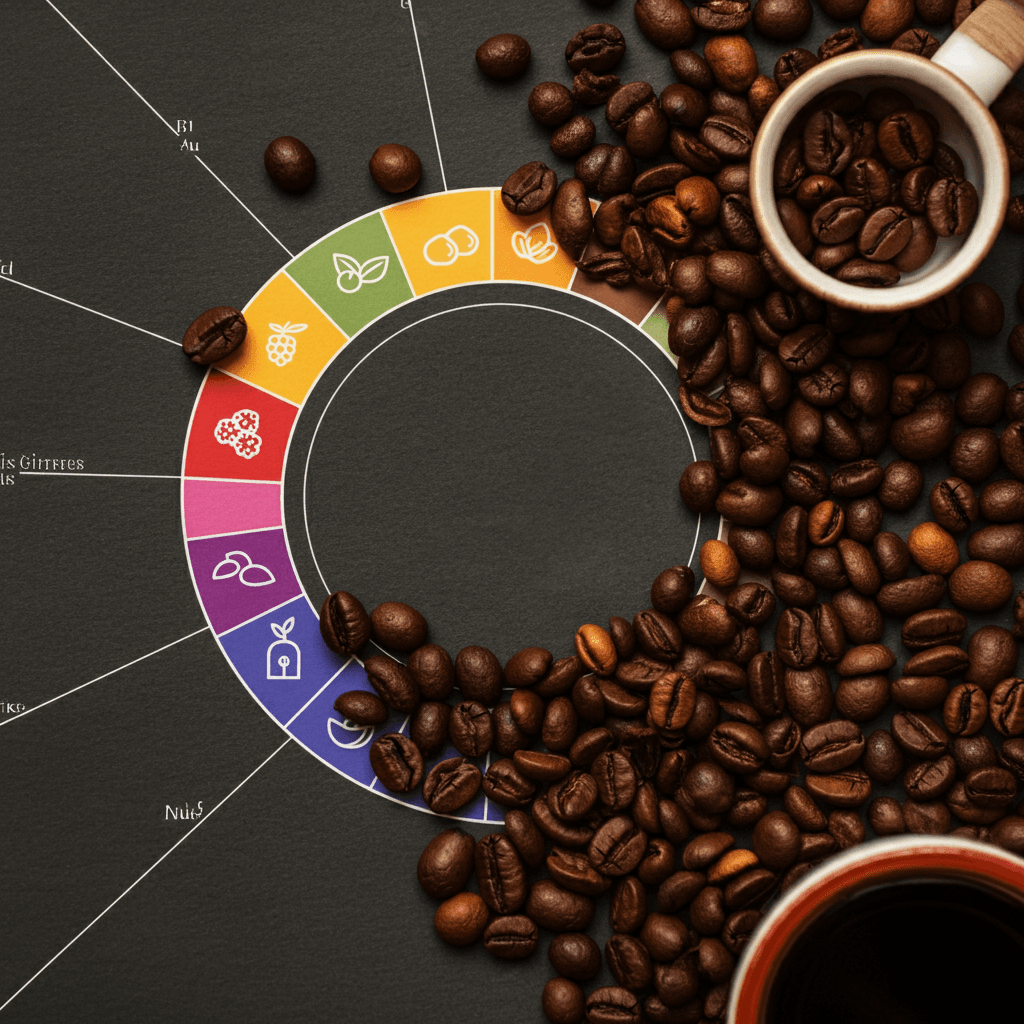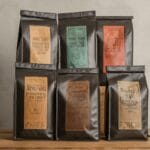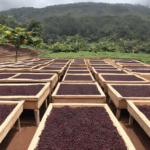In the vast world of coffee, two species reign supreme: Arabica and Robusta. These botanical heavyweights dominate the global coffee landscape, each with its own distinct personality, flavor profile, and cultivation quirks.
Let’s get to know these coffee giants a little better.
Arabica: The Reigning Champion of Flavor
Arabica, the undisputed king of the coffee world, accounts for roughly 60% of global production. This beloved species is celebrated for its nuanced flavors, ranging from sweet and fruity to chocolatey and nutty.
Here’s a glimpse into Arabica’s defining characteristics:
- Flavor: Arabica beans are known for their complex flavor profiles, often exhibiting notes of fruit (berries, citrus), floral (jasmine, bergamot), chocolate, caramel, and nuts. They tend to have a higher acidity (think bright and zesty, not sour!) and a smoother, more refined mouthfeel compared to Robusta.
- Caffeine: Arabica beans contain moderate levels of caffeine, typically around 1.5%. This provides a pleasant energy boost without the jitters often associated with higher caffeine content.
- Cultivation: Arabica is a bit of a diva when it comes to growing conditions. It thrives in higher altitudes (think mountainous regions), prefers shade, and requires more care and attention than Robusta. This sensitivity to its environment contributes to its complex flavor development but also makes it more susceptible to diseases and pests.
Robusta: The Bold and Powerful Contender
Robusta, the second most popular coffee species, accounts for about 30-40% of global production. While often overshadowed by its more refined sibling, Robusta has its own unique strengths and plays a vital role in the coffee industry.
Here’s what sets Robusta apart:
- Flavor: Robusta beans have a bolder, more intense flavor profile, often described as strong, bitter, and sometimes rubbery. They have a lower acidity and a heavier body than Arabica, contributing to a more full-bodied cup.
- Caffeine: Robusta beans pack a caffeine punch, containing almost twice the caffeine content of Arabica (around 2.5%). This makes them a popular choice for those seeking a strong energy boost or those who enjoy their coffee with milk or sugar, as the robust flavor can hold its own.
- Cultivation: Robusta is a hardy and resilient species, able to withstand harsher growing conditions and resist pests and diseases. It thrives in lower altitudes and requires less meticulous care than Arabica, making it a more sustainable and cost-effective option for farmers in certain regions.
The Dynamic Duo: Arabica and Robusta in the Coffee World
While Arabica often takes center stage in specialty coffee, Robusta plays a crucial supporting role. It’s frequently used in blends to add body, crema (the creamy layer on top of espresso), and a caffeine kick. Robusta is also a key ingredient in instant coffee, where its strong flavor can stand up to milk and sugar.
In recent years, there’s been a growing appreciation for high-quality Robusta beans, with some specialty roasters showcasing its unique flavor potential. This “Fine Robusta” movement challenges the traditional perception of Robusta as a lesser species and highlights its potential for producing complex and enjoyable coffees.
Up Next: Seed 102: IV. Processing Basics – From Cherry to Bean
Now that you’ve met the two coffee giants, let’s explore the fascinating journey from coffee cherry to bean. We’ll delve into the various processing methods that transform those ripe cherries into the aromatic beans we roast and brew.






No Comment! Be the first one.